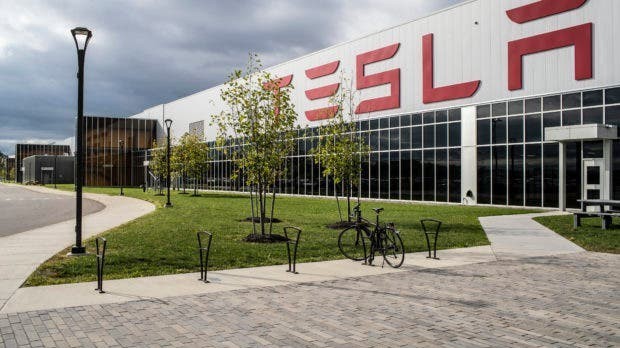“Do you think RV is dying? It’s just beginning, ” the company’s response to alarms about the state of the industry kicks off.
After the publication of Digital Trends on the decline in the sale of viewers, which uses the Amazon store as a source, HTC has published a blog post in which they explain why the alarms that usually jump every year on the so-called” death of virtual reality ” are greatly exaggerated.
The company values the analysts ‘ insights, but critically looks at how they tend to reach those conclusions, as they typically don’t take the following points into account. The first is that consumer VR kicked off in 2015 with devices like Gear VR and Cardboard, which used to come as gifts with phones, but that’s not happening as often anymore, and the experience they offer often falls short of consumer expectations. The second is that the main players of what they call Premium VR have not yet shared official sales figures. The third is that analysts do not predict a turning point based on hardware improvements (resolution, fewer cables, etc.) and the arrival of more titles. And the last of them is about the increase in VR investment that companies are making, especially in entertainment outside the home (arcades) and training.
Sales of HTC Vive on Amazon during the last three months.
As for the case of the fall in sales of Amazon, the Taiwanese company points out that, since Vive (the standard) has had for weeks the highest rate of sales ever achieved, the product has been exhausted, and hence the decline. “For a consumer electronics product in its third year, this continuous trajectory is almost unknown. However, do not worry: we are increasing the production of the original VIVE and the units will continue to arrive in the coming weeks,” they say.
Income distribution for the first quarter of 2018.
HTC also emphasizes that not only units are important, but also ensuring a long-term growth path for customers and their company. Related to this, they share that the approach of the firm IDC, which takes into account the revenues generated, seems more correct. “Which means our investments are paying off for consumers and businesses. It means that customers have more to do with their viewers and it means that companies see the way to make money themselves. It’s exactly where we want to be, ” they explain.
Speaking of the growth itself of the industry, they point out that” these things take time”, and that when people begin to understand the possibilities of the medium, word of mouth will grow and with it the sales trajectory. Finally, they highlight that their standalone Vive Focus, which will arrive this year in the West, is the number one in China and that their WaveVR platform is being used by four other autonomous viewers.








